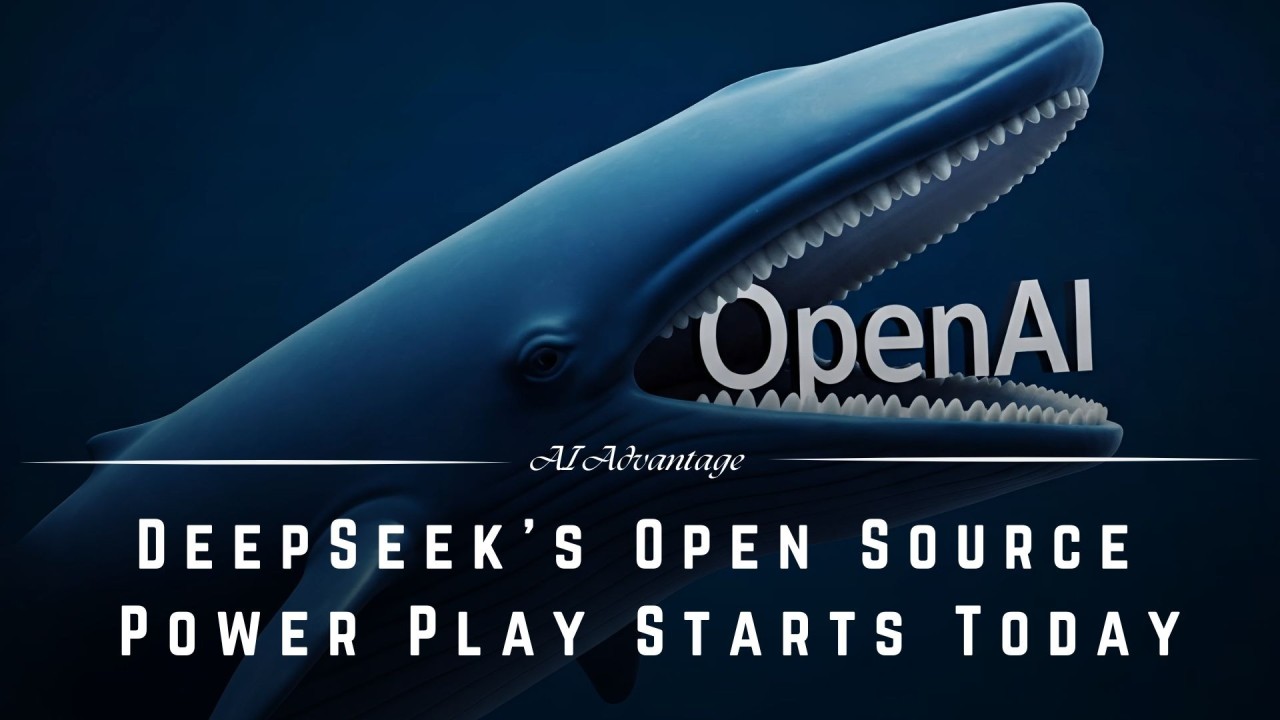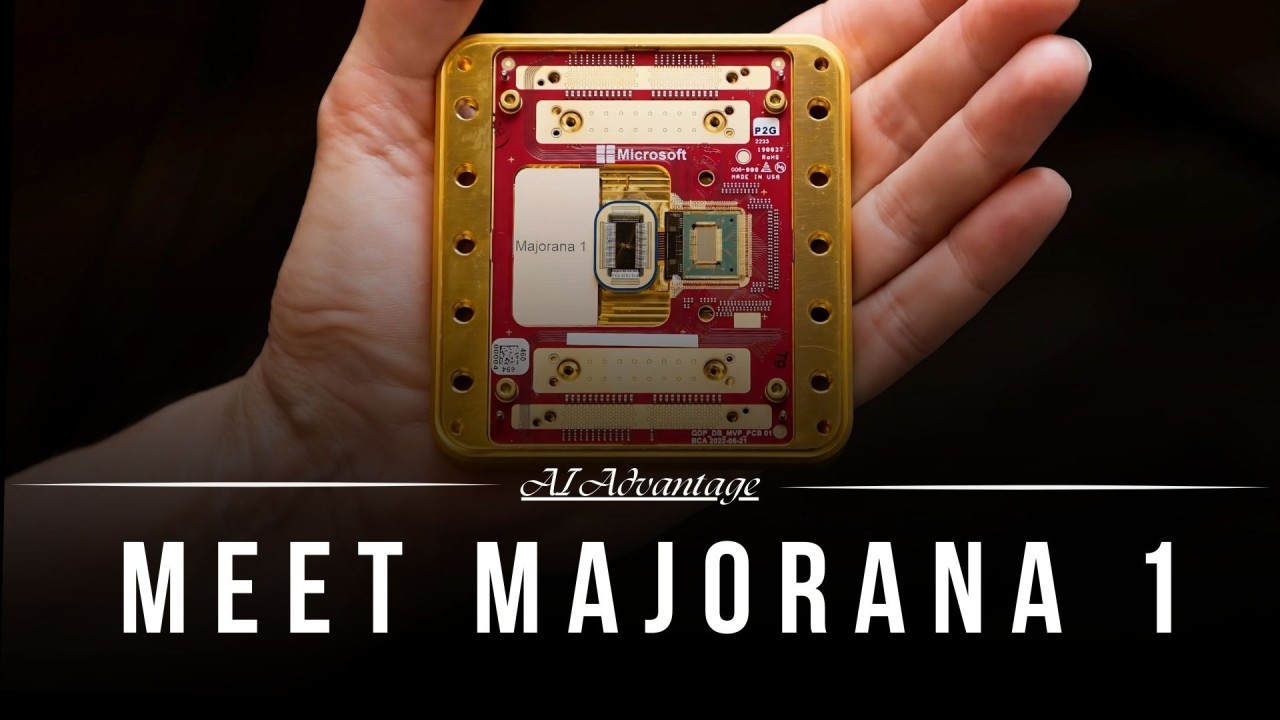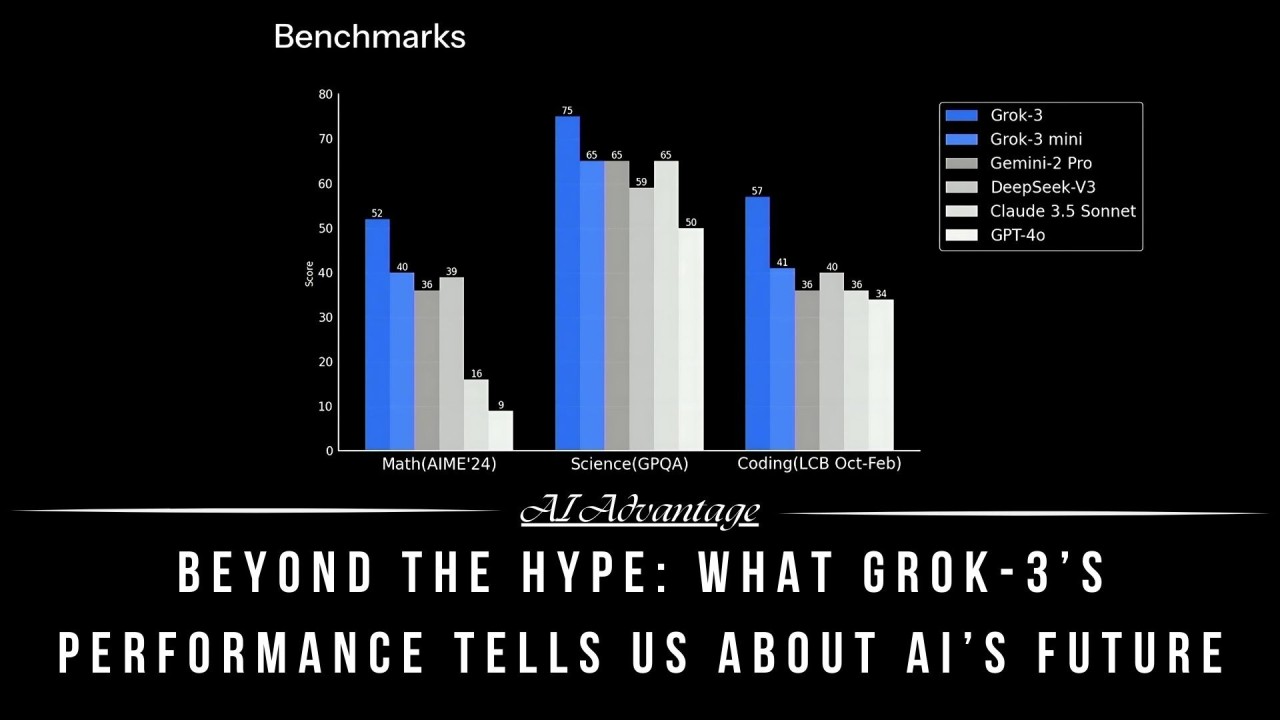Feb 6, 2025
|
4
min read
AJ Green Founder, CEO of AI Advantage Agency AI Expert,
Subscribe to my newsletter for AI daily news
Good morning, AI entrepreneurs & enthusiasts,
Google’s latest answer in the AI model race just landed, and it’s bringing a whole family of new models to the scene.
But with OpenAI’s buzzy o3 grabbing headlines and 2.0 Pro’s modest benchmark gains, can these new releases keep Google’s December hype train rolling?
In today’s AI news:
Google rolls out Gemini 2.0 lineup with Pro
Nvidia's AI teaches robots to move like athletes
OpenAI signals hardware push with trademark filing
Top Tools & Quick News
Google rolls out Gemini 2.0 lineup with Pro

The News: Google has just introduced several new AI models as part of its Gemini 2.0 series, including the much-anticipated Pro Experimental and the cost-effective Flash and Flash Lite. This update also ensures that the Flash Thinking reasoning model is now accessible to all app users.
The details:
2.0 Pro Exp. boasts a substantial 2 million token context window and is optimized for coding tasks, offering improved handling of intricate prompts and a deeper grasp of world knowledge.
2.0 Flash-Lite is a budget-friendly addition that surpasses 1.5 Flash in performance while retaining the same speed and cost efficiency.
The 2.0 Flash Thinking Experimental reasoning model is now free for all Gemini app users, providing real-time, step-by-step thought processes.
All new models support multimodal input, with additional features such as image generation and text-to-speech scheduled for release in the upcoming months.
Why It Matters: Google has finally made a significant move with its flagship 2.0 Pro model, but unlike the powerhouse AI launches of December that positioned the company ahead of competitors, 2.0 Pro’s benchmarks seem underwhelming when stacked against 1.5 Pro and the latest buzz around OpenAI’s releases.
Nvidia's AI teaches robots to move like athletes

The News: Nvidia and Carnegie Mellon researchers have unveiled ASAP, an AI framework that enables humanoid robots to master intricate movements via simulations—allowing them to mimic iconic celebrations and moves performed by professional athletes.
The details:
The system operates in two phases: an initial simulation-based training stage, followed by a specialized neural network that fine-tunes movements to align with real-world physics.
Unitree G1 robots showcased sophisticated motions during testing, successfully replicating movements from sports legends such as LeBron James and Cristiano Ronaldo.
The framework improved motion accuracy, reducing errors by 53% when compared to prior methods—marking a significant step in bridging the gap between digital training and physical execution.
Despite progress, hardware constraints remain an obstacle, as two test robots experienced motor overheating during high-intensity maneuvers, leading to damage.
Why it matters: The rapid advancements in robotic movement capabilities over the past year have been astonishing. And what better way to highlight this progress than through some of the most legendary celebrations in sports? As training becomes faster and more precise, the possibility of robots competing in dedicated leagues may no longer be far-fetched.
OpenAI signals hardware push with trademark filing

The News: OpenAI has officially filed a trademark application covering a wide range of physical products, from humanoid robots to AI-powered wearables—suggesting ambitions to expand into hardware, potentially through collaborations with industry veterans like former Apple designer Jony Ive.
The details:
The filing lists smart jewelry, VR/AR headsets, AI-enhanced wearables for ‘assisted interaction,’ smartwatches, and more.
Also listed are ‘user-programmable humanoid robots’ as well as robots designed with ‘learning and communication functions for assisting and entertaining users.’
OpenAI has long been tied to Jony Ive, with Sam Altman doubling down just last week on his vision for an AI-first smartphone developed ‘in partnership’ with him.
The company has also been actively reassembling its robotics division, coinciding with Figure AI’s abrupt termination of its collaboration deal with OpenAI this week.
Why it matters: A few years ago, the idea of OpenAI entering the consumer hardware space might have seemed far-fetched, but Apple’s unpredictable AI rollout and OpenAI’s meteoric rise could be opening new doors. Altman has repeatedly stated that AI progress justifies the need for “a new kind of hardware”—perhaps humanoid robots are the ultimate vision he has in mind.
Today's Top Tools
Invites - Apple’s AI-powered party planning tool
Livekit - New open-source turn detection model for natural voice AI
a0 Dev - Generate full mobile apps with AI in minutes
Quick News
Google revised its AI ethics principles to remove restrictions on the use of the technology for weapons and surveillance applications.
OpenAI shared a demo of an automated sales agent system during an event in Tokyo, which has the ability to handle tasks like enterprise lead qualification and meeting scheduling.
Amazon scheduled a hardware event for Feb. 26 in New York, where it is expected to unveil its long-awaited AI-enhanced Alexa overhaul.
Enterprise software giant Workday announced plans to cut 1,750 jobs or 8.5% of its workforce as part of an AI-driven restructuring plan.
MIT researchers unveiled SySTeC, a tool that speeds up AI computations by automatically eliminating redundant calculations, achieving up to 30x speed increases.
Thank you for reading our newsletter! If you want to stay two steps ahead of the competition, subscribe to this newsletter. If you want to leave your competition in the past, hop on a quick, complimentary, no-obligation call with our team to explore our consulting and custom development services.
Ready to get started? Book a Consultation today!



